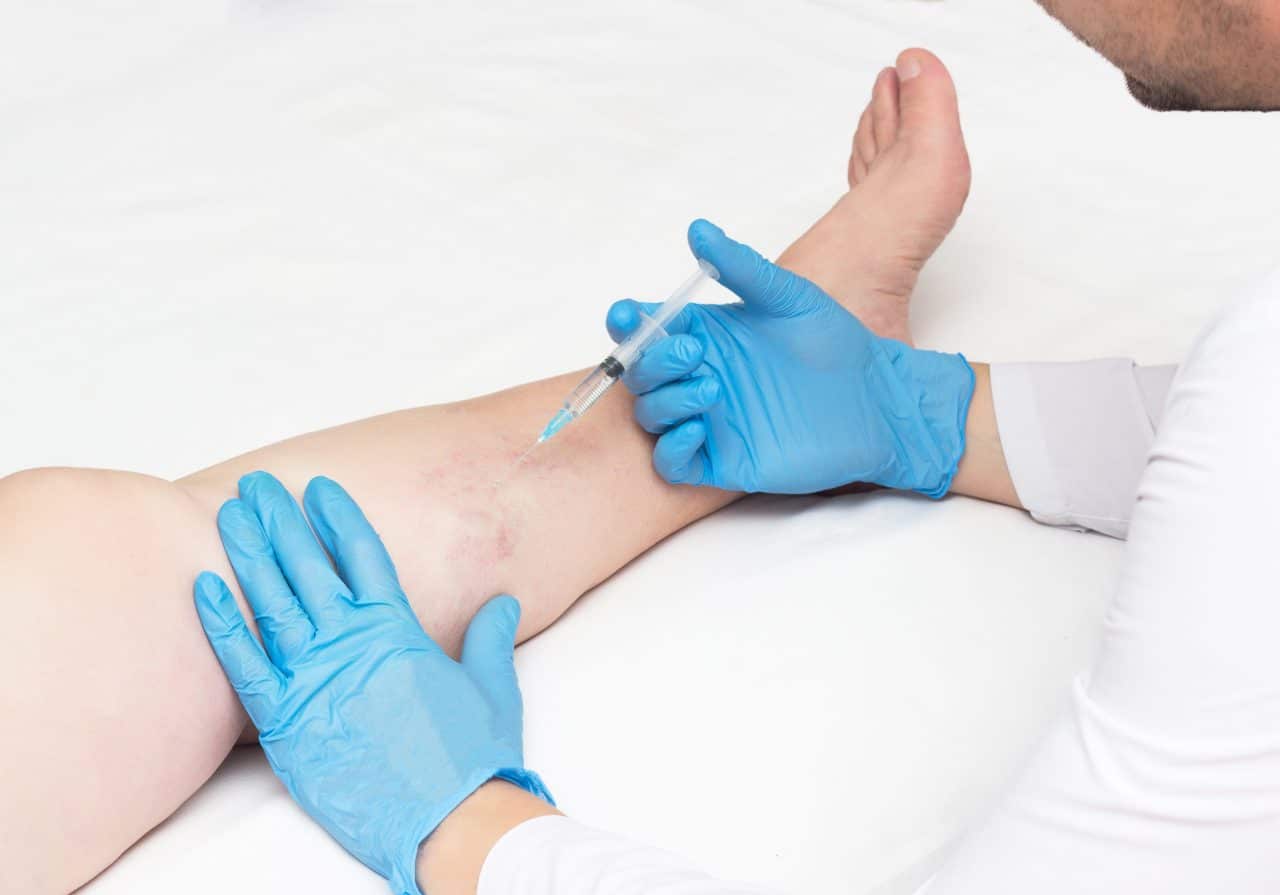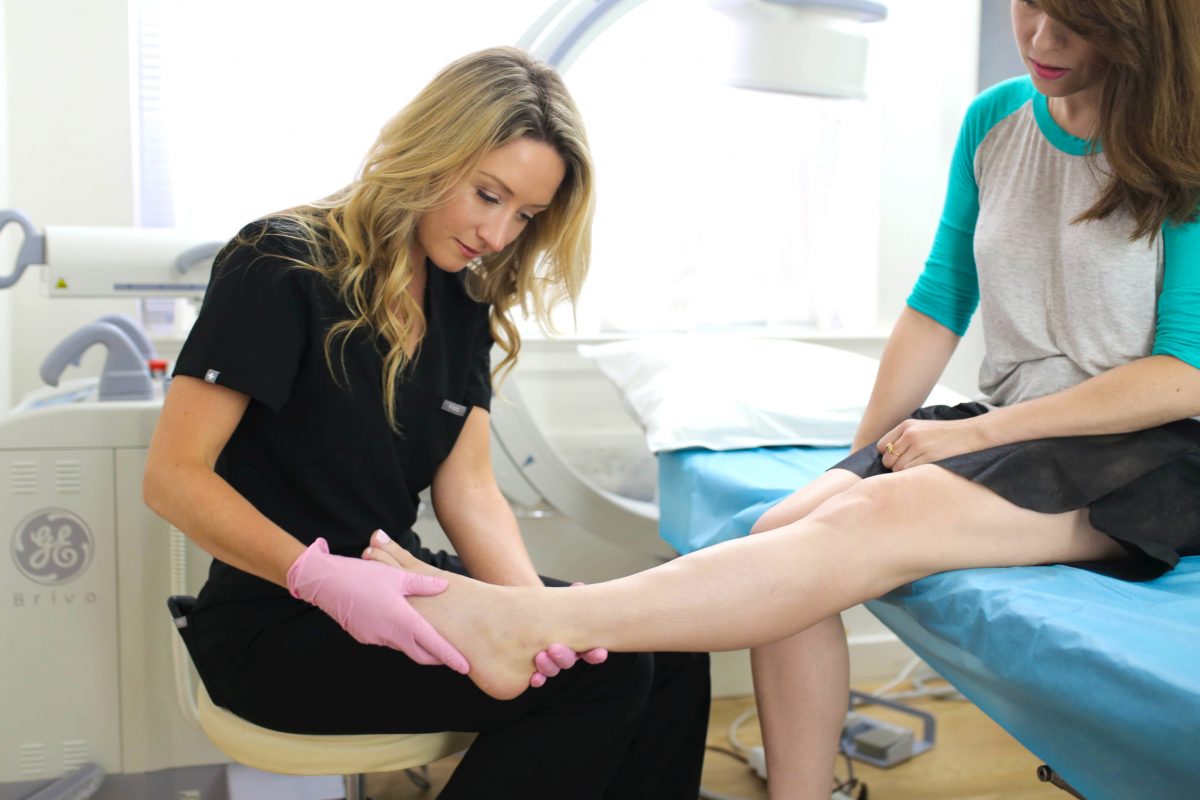If you’re experiencing discomfort, swelling, or visible veins in your legs, you’re not alone. Many individuals struggle with vein issues such as varicose veins or spider veins. Fortunately, medical science offers a wide range of vein treatments tailored to your specific needs. Whether you’re seeking relief from pain, improving your appearance, or addressing a medical concern, understanding your options is the first step. In this guide, we explore the different types of vein treatments and how you can find expert vein treatment New Jersey.
Why Vein Treatment Matters
Vein issues are more than cosmetic concerns. Varicose veins, for example, can lead to leg fatigue, swelling, skin discoloration, and even ulcers if left untreated. Seeking help from a qualified vein treatment clinic can improve not only your appearance but also your overall vascular health.
Many people wonder, “Does varicose vein treatment really work?” The answer is yes—with the right diagnosis and treatment plan, most patients experience significant relief and better quality of life.

Non-Surgical Vein Treatment Options
Modern medicine provides a variety of non-invasive or minimally invasive treatments to manage vein issues effectively.
1. Sclerotherapy
Sclerotherapy is a popular outpatient procedure often used for spider veins and smaller varicose veins. It involves injecting a solution directly into the vein, which irritates the vein walls and causes them to collapse and eventually fade from view.
- Ideal For: Spider veins and small varicose veins
- Recovery Time: Minimal, with many patients resuming normal activity the same day
2. Endovenous Laser Treatment (EVLT)
EVLT uses laser energy to treat larger varicose veins. A thin fiber is inserted into the vein, and the laser heats the vein from within, causing it to close off. Over time, the vein shrinks and is reabsorbed by the body.
- Ideal For: Larger varicose veins in the legs
- Recovery Time: Short; patients usually walk immediately after the procedure
3. Radiofrequency Ablation (RFA)
This technique is similar to EVLT but uses radiofrequency energy instead of laser to heat and close the problematic vein. RFA is often preferred for its comfort and effectiveness.

- Ideal For: Medium to large varicose veins
- Recovery Time: Fast, with low discomfort
4. VenaSeal Closure System
The VenaSeal system uses a medical adhesive to seal off damaged veins. It’s a newer, FDA-approved treatment that doesn’t require heat, so there’s less risk of nerve damage in sensitive areas.
- Ideal For: Varicose veins in patients seeking non-thermal treatment
- Recovery Time: Immediate return to normal activities
Surgical Vein Treatment Options
For more severe cases or when other treatments are not suitable, surgical options may be considered.
5. Vein Stripping and Ligation
This traditional method involves tying off a large vein in the leg and removing it through small incisions. While it’s more invasive than other techniques, it’s still effective in certain cases.
- Ideal For: Severe varicose veins or those resistant to less invasive treatment
- Recovery Time: Longer than non-invasive options, with potential for downtime
6. Ambulatory Phlebectomy
This procedure removes surface veins through tiny punctures in the skin. It’s often used in combination with EVLT or RFA.
- Ideal For: Bulging surface veins
- Recovery Time: Minimal scarring and fast recovery
Are Varicose Veins Covered by Insurance?
A common concern patients have is: “Are varicose veins covered by insurance?” The answer depends on your specific policy and the medical necessity of the treatment. If your vein condition causes pain, swelling, skin changes, or ulcers, many insurance providers—including Medicare—may cover the treatment. However, cosmetic procedures like spider vein removal are generally not covered unless medically justified.
To increase your chances of coverage:
- Visit a reputable vein treatment clinic
- Document your symptoms (pain, heaviness, cramping, skin changes)
- Get a formal evaluation by a board-certified vein specialist
Choosing the Right Vein Treatment in New Jersey
If you’re looking for vein treatment in New Jersey, make sure you choose a clinic that specializes in the latest minimally invasive techniques. A good vein treatment clinic will offer diagnostic imaging such as duplex ultrasound and develop a customized treatment plan tailored to your vein health and goals.
Look for clinics that are:
- Staffed by board-certified vascular specialists
- Equipped with modern laser and radiofrequency tools
- Highly rated by patients
- Transparent about insurance and payment options
Final Thoughts
So, how much does varicose vein treatment cost really make a difference? Absolutely. Whether you’re dealing with mild spider veins or painful varicose veins, there’s a treatment that can improve both how you feel and how your legs look. From sclerotherapy to advanced laser procedures, today’s vein care options are safer, faster, and more effective than ever before.
By choosing the right vein treatment clinic and understanding what your insurance covers, you can take confident steps toward healthier legs. If you’re in New Jersey, you’re in luck—many top-rated providers of vein treatment in New Jersey offer consultations to guide you through your options.
